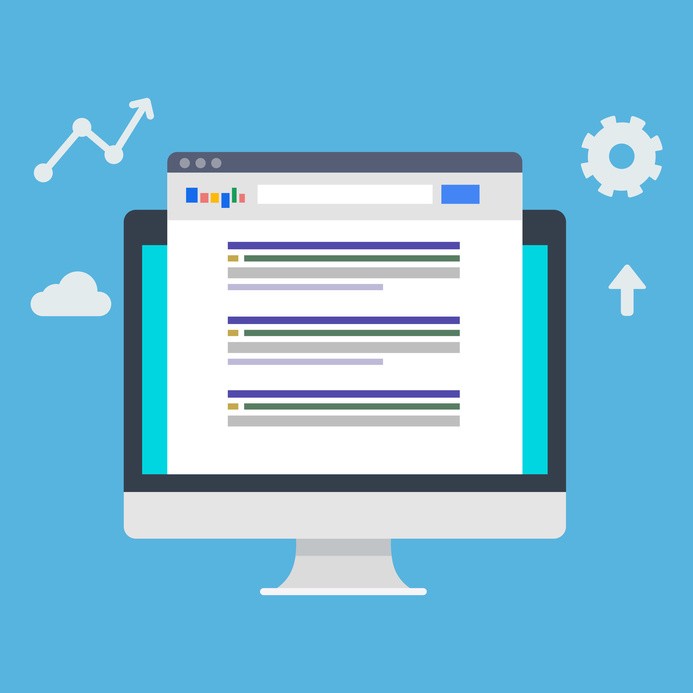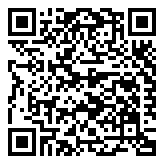JoomConnect Blog
Understanding SEO: Part Three - Meta Content and On-Page SEO
We’ve discussed search engine optimization and how to use it to your advantage. In part three of our five-part SEO series, we’ll dig deeper into some on-page methods to ensure your website is optimized for search engine activity.
Keywords: A Refresher
As we discussed in part one of this series, Understanding SEO, keywords can be summed up as follows: they’re the words that tell search engines the subject of your content so it can be ranked accurately in search results.
You need to make sure that you find keywords that are best suited to your strategy. Consider what your prospect is thinking and experiencing as they describe their search parameters.
There are also methods to optimize your keyword usage. What keywords are your competitors currently ranking for? What keywords are you already ranking for? Your keywords need to be present in your content, including your page title, H1 tag, URLs, and other places.
For more information on using keywords, be sure to revisit part one of this series, as well as our blogs on using Meta Keywords and using Google Adwords.
Page Title Guidelines
Page titles are the text that appear above the URL bar, and are meant to attract the attention of two groups: Google itself, and your audience. As you formulate a unique title for each page of your website, you will also need to be cognizant of character limits. Page titles are what will appear as the main title in search results, to which Google will give between 50 to 60 characters. Therefore, it is best to keep your titles under 50 characters, just to be on the safe side.
Organizing Your Content
Another key is to have your content organized in an accessible, sensible way.
Using Headings to Your Advantage
Incorporating headings into your content (as you can see in this blog) is an effective means of providing your audience with a simpler, digestible piece of content. Using H1 tags to identify the main focus of your piece, and H2s and H3s to divide your work into key points and different ideas just makes it easier to read, and helps Google identify your structure and hierarchy. Check our next installment of this series for more on this aspect of your SEO strategy.
Using the Meta Description to Your Advantage
The purpose of the meta description is to provide search engines with a brief description of your site’s contents. While this doesn’t influence a website’s ranking in search results, it can appear with the result, giving the searcher a better idea of what you have to offer them. This leads to an impact on click-through rates.
In order to make your meta description most effective, you need to make sure each page has a unique one that describes what that individual page is about. However, you need to be succinct, as only the first 160 characters will be visible on a search results page.
Adjusting your content to meet its full potential can deliver a considerable bonus to your SEO. Stay tuned for our next installment in this series, where we’ll discuss additional best practices for your SEO efforts.




Comments